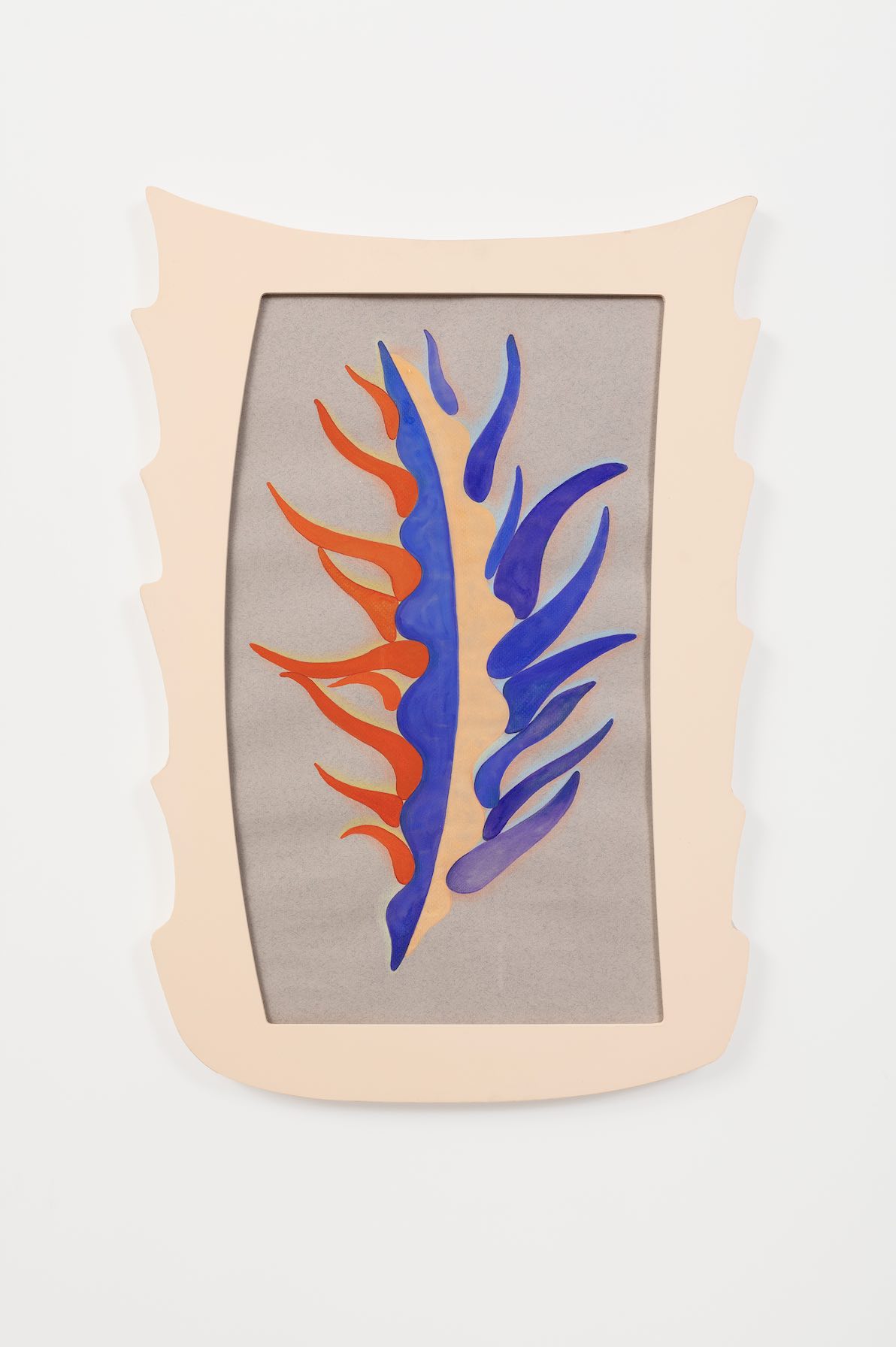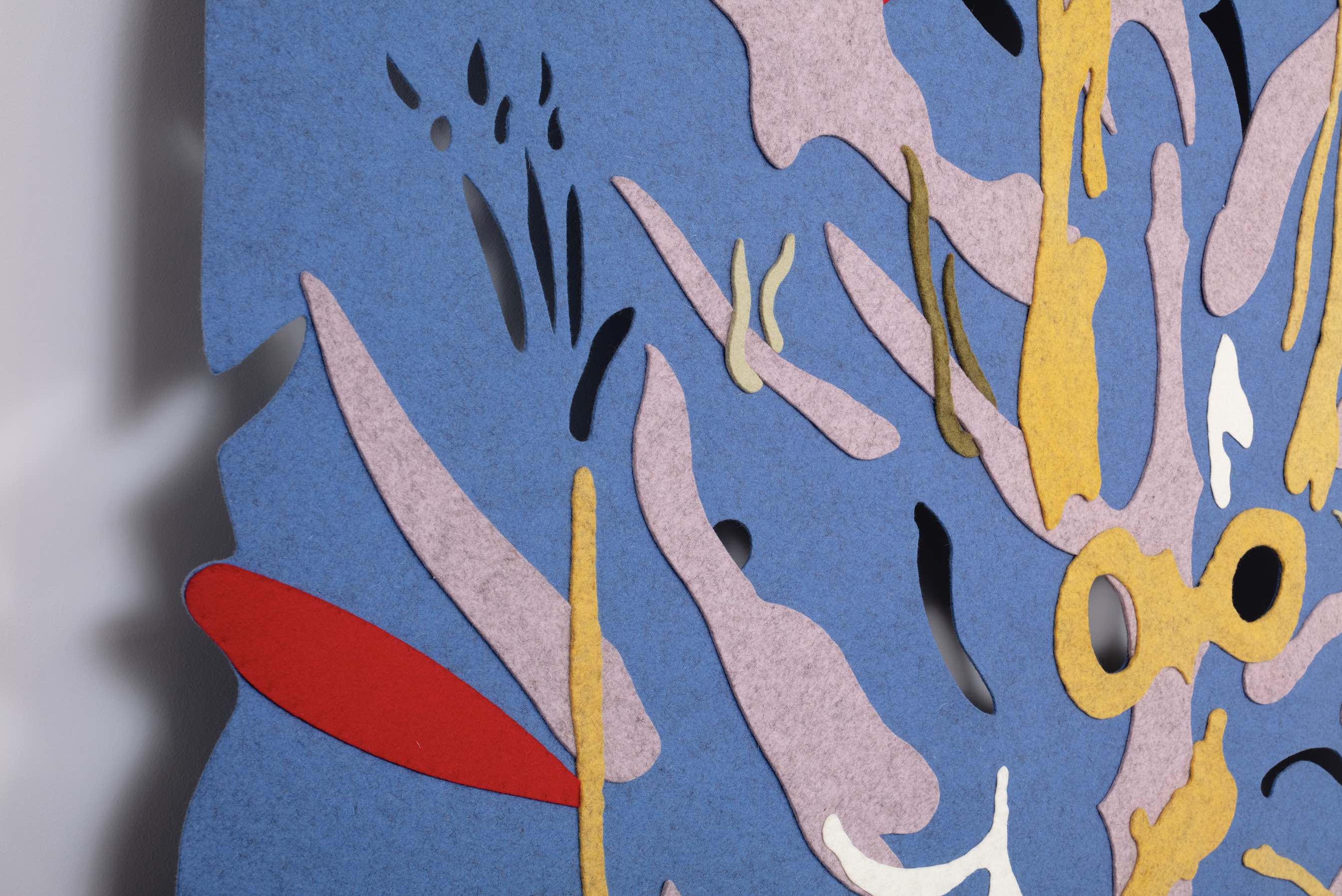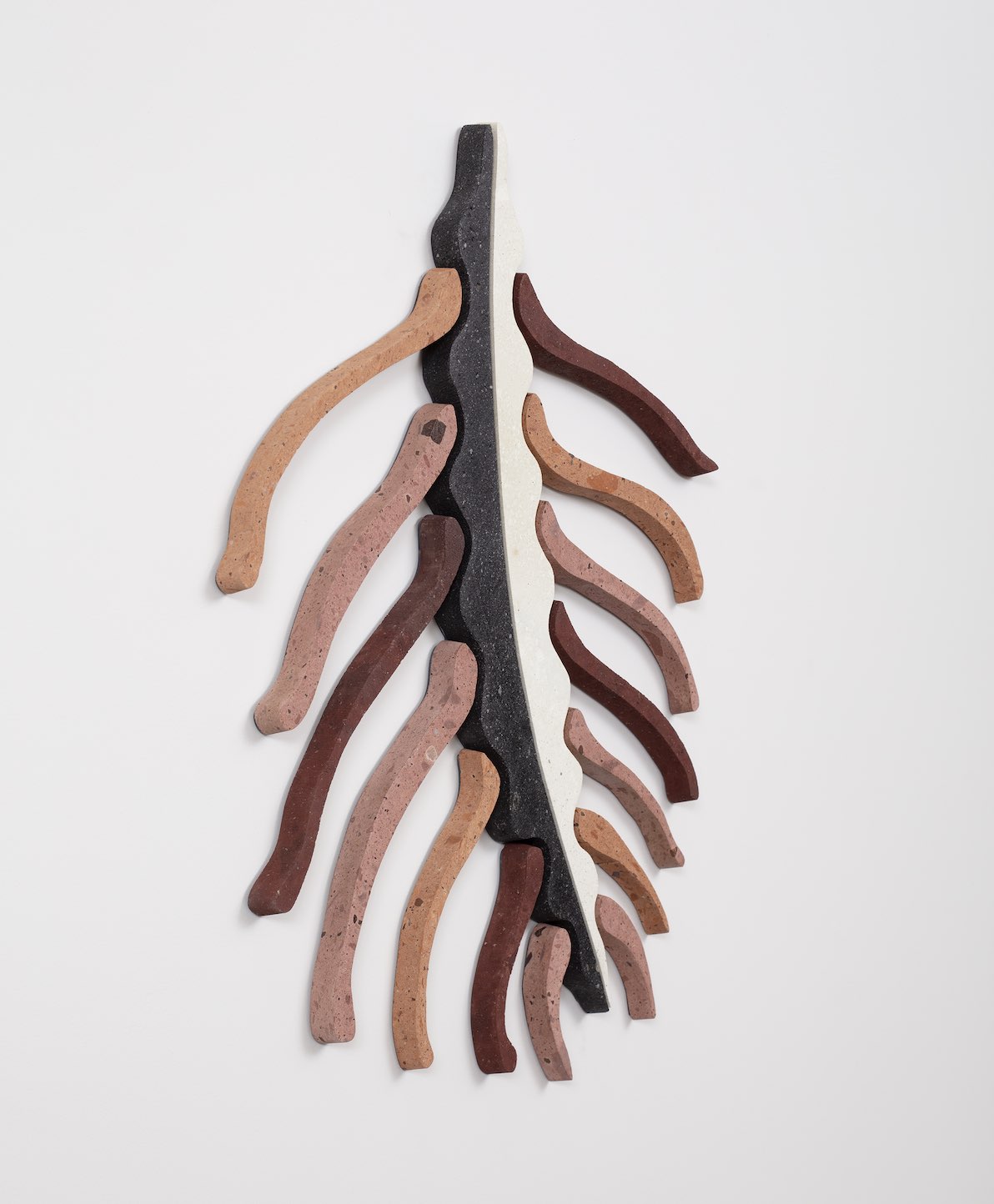
Review
Together but (Not) Apart. Bea Bonafini at LAAA
by Verana Codina
No Más Shipping, Por favor!
Reading time
4 min
A long time ago we made peace with the romantic idea of the artist figure who creates alone. Today’s art world, driven by a voracious market, demands a production mechanism that often requires the hands of others. That old site of individual creativity and isolated exploration has been transformed into a meeting place where alliances converge between various agents whose participation is essential for the development of a work of art.
Following this line, the Laboratorio de Arte, Arquitectura y Arqueología (LAAA) presents No Más Shipping, Por favor!, a series of exhibitions that seek alternative models of art production, exhibition, and distribution. The project gets its name from its purpose: to avoid, as much as possible, the transport and shipment of works, thus promoting a local and collaborative production among different agents and with the invited artist.
This is how LAAA, together with its suppliers and managers, becomes an extension of the artist’s studio: a support group that not only executes, but also gets involved, as well as offers its own opinions and proposals. This process demonstrates the relevance of the artisan-artist binomial.

For this first exercise titled Ghosts for a Post-Modern Tale, guest artist Bea Bonafini presents a body of work made up of two drawings, three stone sculptures, and a felt textile installation, all of which she developed remotely for a year, incorporating materials and local labor.
The diverse array of crafts that participated in the project—such as frame-makers, tailors, stonemasons, designers, architects, and curators—as well as the meeting points between them, are related to the vast universe of materials and media explored by the artist. In addition to her training as a painter, Bea (albeit always starting with a pictorial thought process whereby color and images are what matter most) experiments with a variety of elements that include cork, ceramics, porcelain, PVC, and most recently textiles: in particular rugs that she breaks down into pieces and recomposes, creating huge tapestries that she extends horizontally or vertically when presented as installations.

Bea describes her work as intimate, intricate, and tactile. The elaboration of her pieces derives from a mix between intuition and research, thus giving rise to the development of her own techniques, making her work comparable to artisanal processes in which both mastery of the material and attention to detail are essential.
In the case of Ghosts for a Post-Modern Tale, by delegating 100% of the technical production to a third party, the intimate becomes a pact between the artist and two, three, or more persons who worked on the pieces simultaneously. Accepting an invitation of this nature entails a commitment in which both sides must openly engage in dialogue in order to achieve a transparent, horizontal, and consistent collaboration.

This agreement led to a joint search for new materials that were adapted to the formats and techniques used by the artist, but coming from Mexico. This is how forms that were previously made on a carpet are now presented in felt, and how pieces that were molded in ceramics now employ volcanic rock and quarry.
Among all of this hybridization of processes, materials, crafts, and hierarchies, a visual imaginary appears: one that destroys and builds from the fragmented, the fluid, the mutable, and the unknown. Throughout the exhibition we see emerge all kinds of theriomorphic figures, chimeras, and beings bordering on the fantastic. Strange silhouettes, human remains rendered interchangeable with those of aquatic beings: at the end, a bestiary. Procedures, techniques, and forms converge on the same plane, mixing and merging as a single species.
Translated to English by Byron Davies
Published on March 10 2022